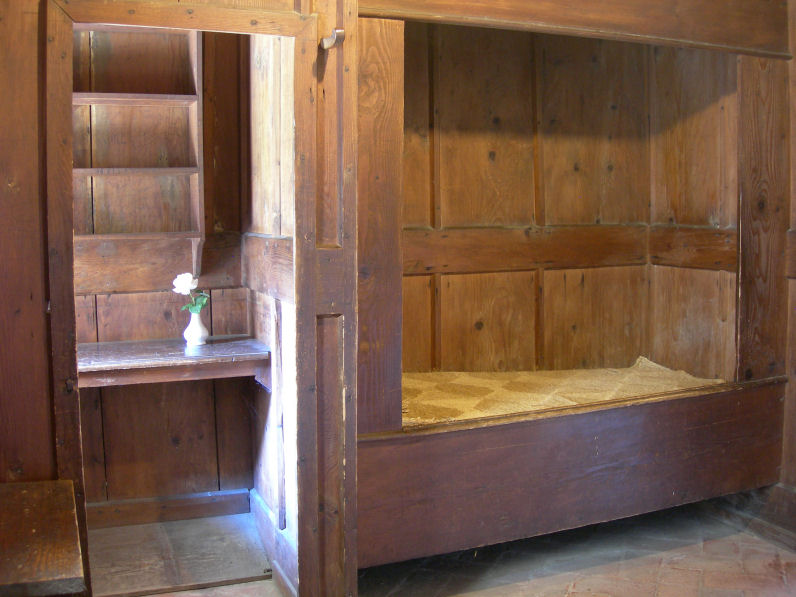22/06/2014 Year II
CORPUS CHRISTI
(Body and Blood of Christ)
(Body and Blood of Christ)
First Reading
Exodus 24:1-11
Responsory Jn 6:48-52
I am the bread of life. Your ancestors ate manna in the desert, and they died.
+ This is
the bread that comes down from heaven: anyone who eats this bread will never die.
V. I am the living bread come down from
heaven. Anyone who eats this bread will live forever. + This is the ...
Second
Reading
From
the writings of John Tauler
(La vie spiriiuelle 105 (1961), 634-634)
(La vie spiriiuelle 105 (1961), 634-634)
The food of love
It is impossible for us to describe in words
the ineffable dignity of the soul, and we cannot in any way comprehend it. If
we had here with us a human being in his primal nobility, pure as Adam in
paradise, in his natural state apart from grace, his simple nature unadorned -
that person would be so luminous and pure, so ravishing and richly favoured by
God that no one would be able to comprehend his purity, nor with his reason
conceive of it. How then can reason possibly grasp that immensity beyond all
being where the precious food of the Eucharist is, in some marvellous way, made
one with us, drawing us wholly to itself and changing us into itself? It is a
union more intimate than any that the human mind can conceive, totally unlike
any other change; a union more complete than that of a tiny drop of water
losing itself in the wine-vat and becoming one with the wine, or that of the
rays of the sun made one with the sun's splendour; or the soul with the body,
the two together making but one person, one being. In this union the soul is
lifted above the infirmity of its natural state, its own insufficiency, and
there it is purified, transfigured, and raised above its own powers, its human
operations, and its very self. Both being and activities are penetrated through
and through by God; formed and transformed interiorly in a divine manner, the
soul's new birth is accomplished in truth, and the spirit, losing all its
native incompatibility, flows into divine union.
It is something like fire working on wood; the
heat draws out all the moisture, the greenness, and the heaviness. It grows
warm, begins to glow, becomes more like the fire itself. As the wood slowly
attains the likeness of fire, the dissimilarity between the two grows less
until finally, in a rapid movement, the fire takes from the wood its own
substance; the wood becomes fire and loses at the same time its separateness
and inequality, since it has become fire. No longer merely like fire, it has become
one substance with the fire. Likeness is lost in union.
In the same way this food of love draws the
soul above distinction or difference, beyond resemblance, to divine unity. This
is what happens to the transfigured spirit. When the divine heat of love has
drawn out all moisture, heaviness, unfitness, then this holy food plunges such
a one into the life of God. As our Lord himself said to Saint Augustine: "I am the food of the
strong; believe and feast on me. You will not change me into yourself; rather
you will be changed into me."
Responsory
See in this bread Christ's body that hung on the cross, see in this cup the blood that flowed from his side. Then take and eat the body of Christ: take and drink his blood,
+ and you will become his members.
V. Eat the food that
unites you
to Christ
so that you
may never
be separated
from him. Drink the blood that is the price of your redemption, so that you may never count yourselves
worthless, + and
you will ...




.jpg)






















